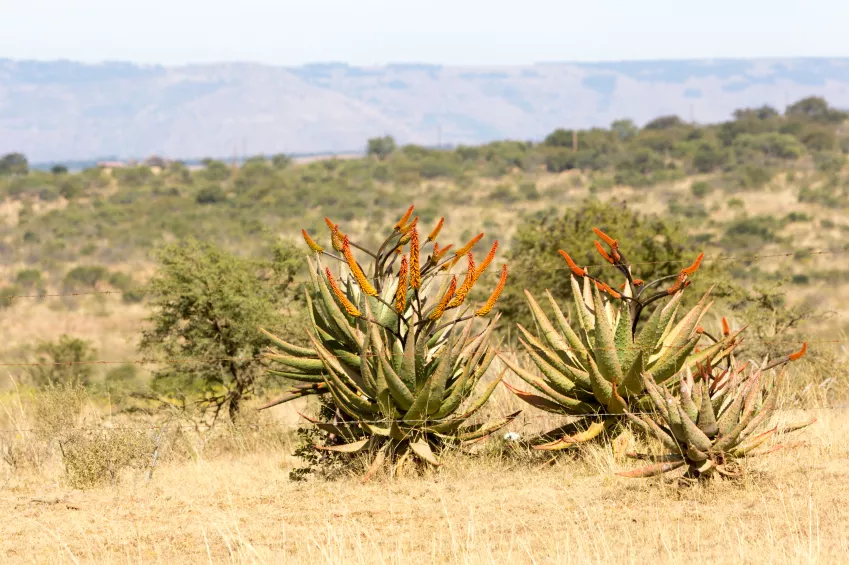The aloe vera is not only valued as an unusual-looking houseplant, but above all because of the active ingredients it contains. It is an ancient medicinal and useful plant whose origin is not clearly determined.
 Aloe vera is probably native to Africa
Aloe vera is probably native to Africa
origin and distribution
Aloe vera belongs to the genus Aloes from the subfamily of the Asphodelaceae (Asphodeloideae). The aloe plants were used in medicine and as an incense as early as the 2nd and 3rd millennium BC in India and Babylonia. The dark brown, fragrant wood of the aloe was particularly valued and paid for dearly. Even then, aloe was used in the manufacture of fine ointments.
The Arabs brought aloe to Europe during the Crusades. In the Middle Ages it was cultivated as a medicinal plant in monastery gardens. Aloe appears in Anglo-Saxon literature as early as the 10th century and in German pharmacopoeias since the 12th century. The bitter juice used to be used as a substitute for hops in beer production and as a remedy for burns in the 19th century.
Use and growing countries
The gel, which is obtained from the leaves of real aloe vera, is used in the manufacture of cosmetics, food and dietary supplements and in pharmacy. For this reason, aloe vera is grown commercially in many tropical and subtropical climates:
- Southern USA, Mexico, Caribbean,
- Africa,
- Spain and Canary Islands,
- India.
You can also use the leaves of your room aloe for burns, injuries and skin irritations. It has a cooling, soothing, anti-inflammatory and antiseptic effect.
tips and tricks
The wild-growing aloe species have been protected by the Washington Convention on Endangered Species since 1973.